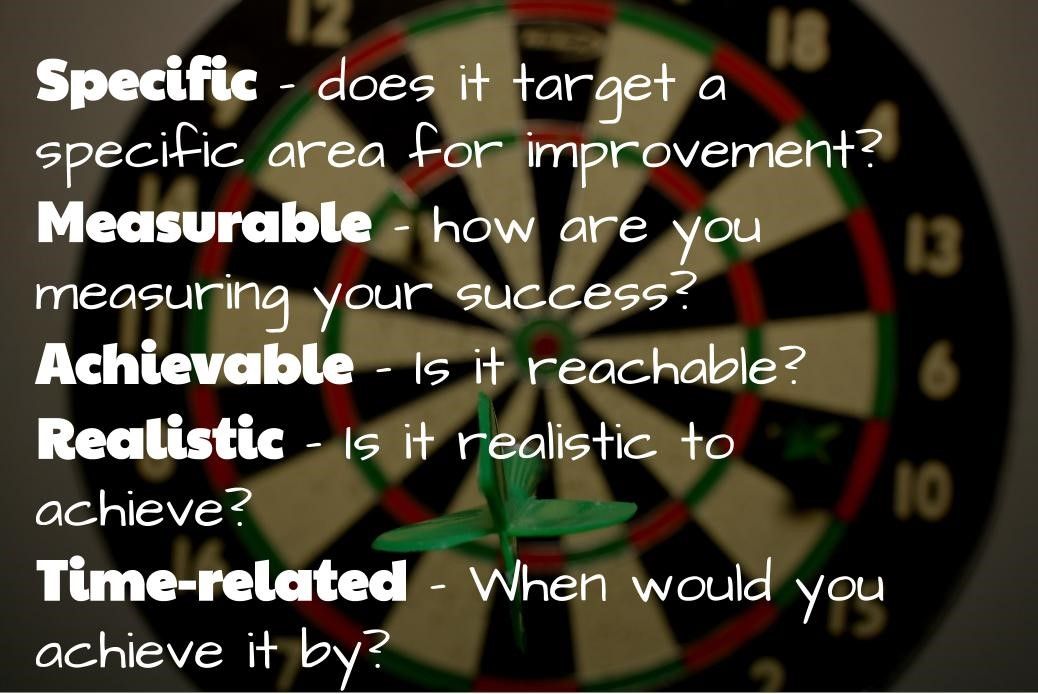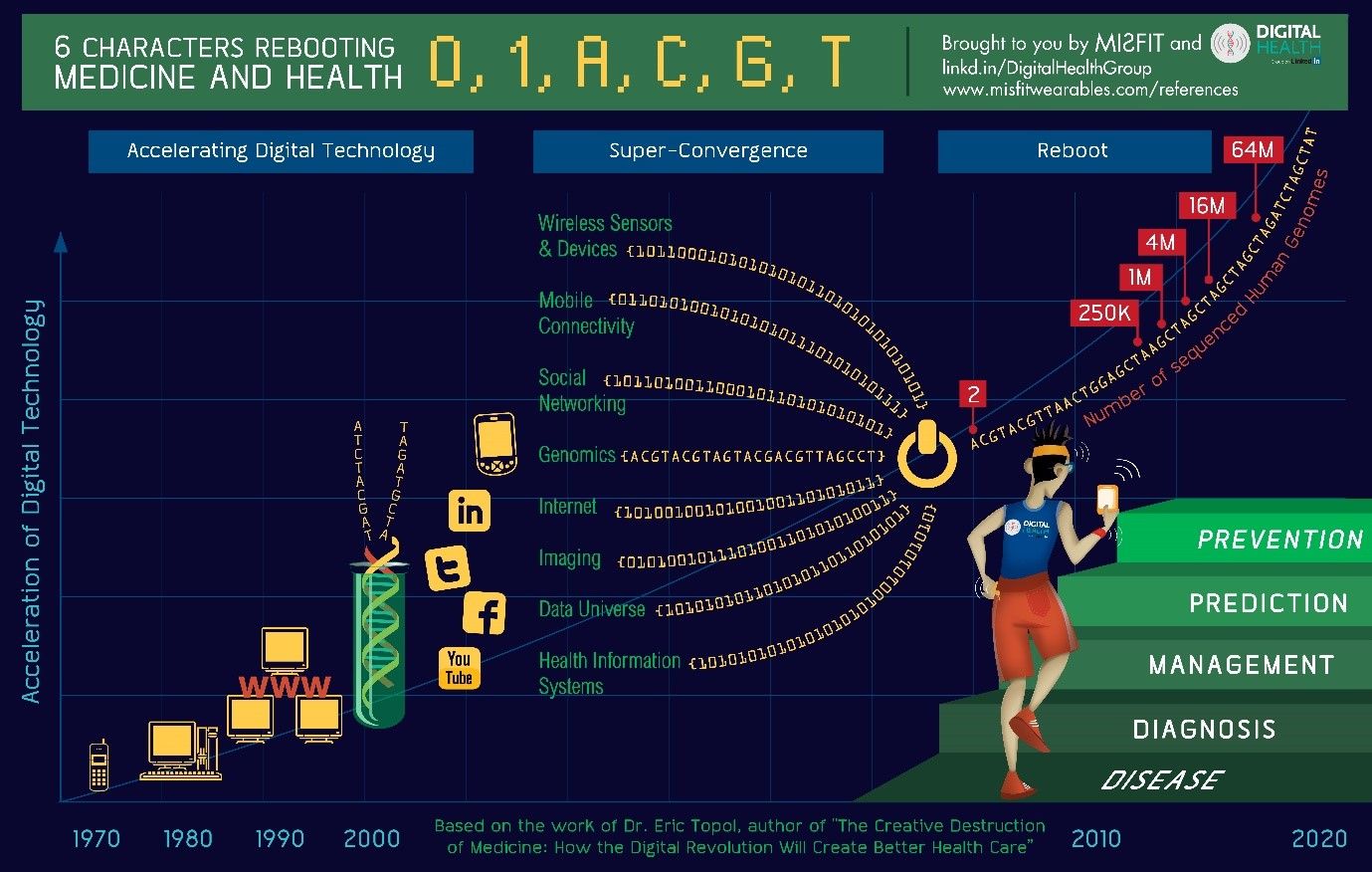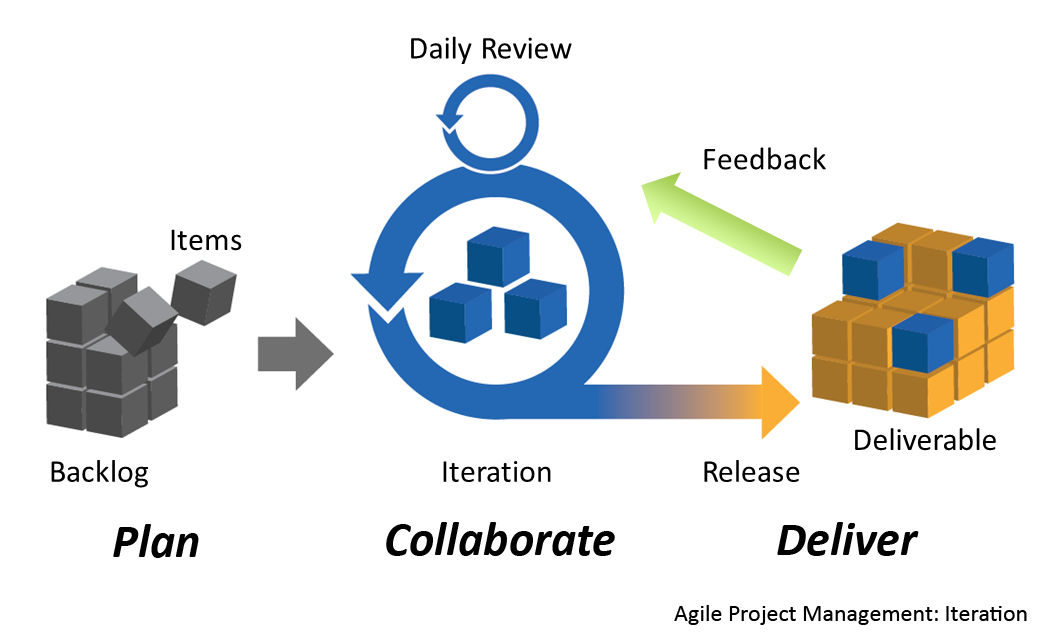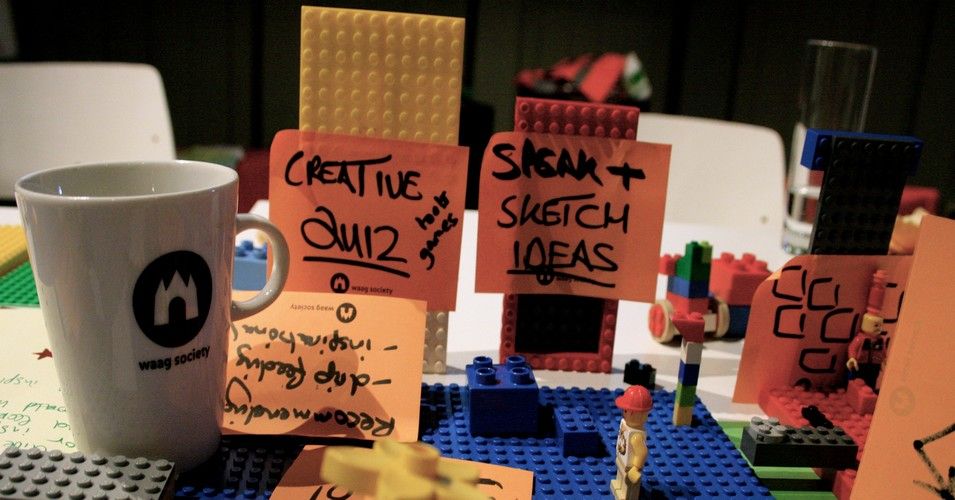If you want to keep your job, you need to be able to demonstrate value in your work. When you run a gamification project, you need to develop the mission or missions for that project. This will enable you to develop a gamified system which will actually make a difference within the work environment. Purposeless gamification might be fun, but it’s going to be hard to sell that to management for a very long time. Here, we offer some tips from Janaki Kumar and Mario Herger, the authors of Gamification at Work: Designing Engaging Business Software for making your gamification missions valuable.
A Little Something Extra
A SMART (Specific, Measurable, Achievable, Realistic, Time-Related) Mission for gamification is essential. If you don’t know what you’re trying to achieve and within the timescale you need to achieve it in, especially if you can’t measure that achievement, you’re setting your gamification team up for failure.
 Author/Copyright holder: Aaron Davis. Copyright terms and licence: CC BY-SA 2.0
Author/Copyright holder: Aaron Davis. Copyright terms and licence: CC BY-SA 2.0
SMART objectives provide solid measurable criteria for you to demonstrate the value in your work.
However, there are a couple of other considerations you need to take into account in order to give your team the best chances of succeeding. They are the “icing on the cake,” and who wants a plain cake when there’s icing available?
Stay out of the way of the Business
It’s fair to say that one of the nice things about working in gamification is that you are responsible for creating fun for your players and engaging them with your project. There’s a certain level of satisfaction in a job well done when all the people for whom you’re designing are praising your contribution to their working day.
It can be easy to forget in that environment that you are still part of a business, and that the business’s needs come first. Here’s where you need to look past the smiles in the office concourse and picture how the boardroom-level reaction will go.
Choose the parts of the applications you are going to gamify carefully. Choose your mission so that it is always appropriate in a business context. If you choose wrongly, your efforts are going to hinder rather than help the business. In the long-term, that’s not a recipe for job security. You need project sponsors to be as happy with your work as the players are.
 Author/Copyright holder: Paul Sonnier. Copyright terms and licence: CC BY 1.0
Author/Copyright holder: Paul Sonnier. Copyright terms and licence: CC BY 1.0
Gamification projects can offer many possible objectives but not all of them are going to be in line with the business’s needs.
For example, if you’re designing for an international bank’s mortgage-lending department, while you’ll want to bring the specialists who deal with house buyers on board with a gamification design that helps keep them motivated, stay aware of the big-picture image. A design that incites them to focus on approving the largest number of loans as they can each month sounds all well and good. Nevertheless, might it lead to their getting distracted… perhaps overlooking some elements of a would-be customer’s background (i.e., some aspects of their credit history)… and erring on the wrong side of a judgement call because reaching a target figure seems to feel better than worrying about a ‘small’ risk? Although such a scenario would certainly push at the limits of reality, it’s still a large-scale illustration of what you need to watch out for.
Keep Iterating
Let’s step out of ourselves for a moment; don’t worry, we won’t go far. Picture you’re a technical author. You’ve just finished the second draft of your technical manual for a bespoke intranet system of a big corporation. You’ve tested the first version, made tweaks, and this new instruction guide—mark 2—looks like it’s ready to roll out. Is it really, though? Have you truly tested it to the max with the very people who will access it from the ‘Help’ button? Chances are, at so early a version, you’ll have some way to go before you’ll have got a great manual on your hands.
“Great design is iteration of good design.”
—M.Cobanli, Founder of OMC Design Studios.
The underlying process for gamification is player-centred-design. Each step you take in the design, research and analysis phase is likely to teach you something new. It may require you to take a step back on ideas generated in preceding stages and say, “Hang on, we need to make changes to this!”
That’s OK. That’s exactly what you should be doing. Gamification is an iterative process. You do something. You then do something else. You then need to make changes, so you make them. Then you go back through and take it from the top, going through the process as a whole, paying extra attention to any areas you may have left alone on the second, third, fourth, etc. time round because they seemed to make sense. Do they still, however, at the tenth version, given all that’s changed around them?
If you’re examining the business outcomes and you suddenly learn something startling about your player’s personas, it’s time to change those personas so as to match the new information. Don’t just ignore that information. The better your final data is, the easier it will be to deliver the results you need.
 Author/Copyright holder: Planbox. Copyright terms and licence: CC BY-SA 3.0
Author/Copyright holder: Planbox. Copyright terms and licence: CC BY-SA 3.0
Iteration is a key building block of any design process and the same holds true for gamification projects.
The Take Away
Gamification projects can sometimes require a little “special sauce” in order to deliver the perfect recipe to the business in which you are implementing them, and the players who use them. You can help create the perfect project by remembering to ensure that your projects don’t interfere with the day-to-day running of the business, and that you may need a few attempts (iteration) to get the offering just right. Try to proceed without ever forgetting to consider both the players who will use it and the deciders on the top floor who will be having words with you about it—hopefully praiseworthy comments.
References & Where to Learn More
Janaki Mythily Kumar and Mario Herger, Gamification at Work: Designing Engaging Business Software, The Interaction Design Foundation, 2014
Hero Image: Author/Copyright holder: Waag Society. Copyright terms and licence: CC BY 2.0











